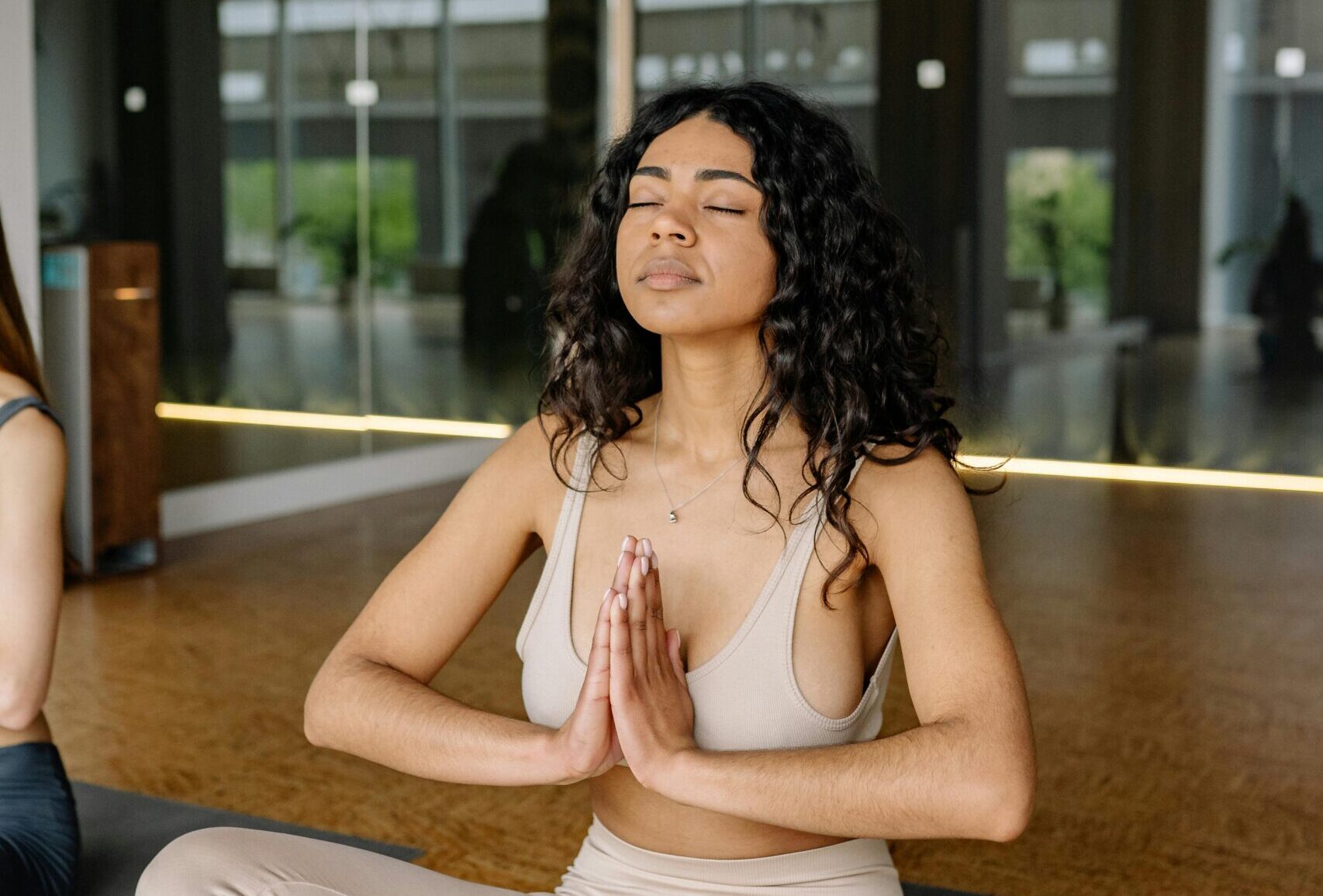There are several ways to approach anxiety relief and breathing techniques are some of the most widely used tactics. For moments when anxiety sets in and becomes hard to ignore, breathing deep can offer much-needed respite. Breathing exercises have been used for centuries to soothe the nervous system. Practicing breathing to reduce stress or anxiety is known to slow down your heart rate, lower blood pressure, and increase oxygen flow.
Calming anxiety is often related to identifying the symptoms of anxiety as well as personal responses to anxiety-inducing stimuli. A few symptoms of anxiety include:
- Difficulty concentrating
- Rapid heartbeat
- Insomnia or irregular sleep patterns
- Aches and pains
- Sweating, trembling, or shaking
- Nausea
These physical symptoms of anxiety can be tough to experience and cause emotional disturbances. Finding a breathing exercise that works for you may be healing the next time anxiety sinks in.
Diaphragmatic Breathing
Diaphragmatic breathing, also known as belly breathing or abdominal breathing, can help reduce anxiety and increase presence. To practice it, place one hand on your chest and the other on your stomach. Breathe in while noticing the breath fill your stomach, exhale with pursed lips. It is best to repeat this for 3-5 minutes to feel the full effects. Consciously engaging the diaphragm is great for controlled breathing.
Alternate Nostril Breathing
Alternate nostril breathing is a highly effective breathing technique for anxiety. To practice it, bring your hand to your face, bending your pointer and middle finger to your palm. Place your thumb over one nostril while hovering your ring and pinky fingers over the other nostril. Breathe in through the free nostril. On the exhale, swap nostrils, covering the nostril you inhaled through. Repeat for a number of rounds. Often this is practiced in yoga classes. It is usually practiced seated in an upright position. It has been found to lower blood pressure and increase energy.
Mindful Breathing Patterns
This form of intentional breathing can support you with pacing your breath. The pattern of breathing in this way helps to encourage focus and decenter anxious thinking. There are several different versions of counted breathing to choose from.
3-3-3 rule: Breathe in for 3 seconds, hold for 3 seconds, exhale for 3 seconds. Do this for a few rounds to help ground and bring in awareness of your surroundings. This method is known to be one of the quickest and easiest breathing exercises to ease anxiety.
4-7-8 breathing: This technique is also referred to as ‘the relaxing breath’. It is usually performed while seated with a straight back. To practice this breathing method begin by emptying the lungs of air, breathing in quietly through the nose for 4 seconds, holding the breath for 7 seconds, exhaling forcefully through the mouth, pursing the lips, and making a “whoosh” sound for 8 seconds. Repeat the cycle up to 4 times.
4-2-6 breathing: This method is all about extending the exhale. When your exhales are longer than your inhales, you will be able to activate your parasympathetic nervous system. This is one way to manage anxiety related to stress and high cortisol levels. To practice this technique, inhale steadily for four seconds, hold your breath for two seconds, and exhale slowly for six seconds.
Resonant Breathing
The technique is about aiming to complete 5 full breaths in one minute. Resonant breathing means that each breath cycle (inhale and exhale) must last for 12 seconds. The average adult takes 16 full breaths per minute. Slowing down to 5 breaths ensures control over the lungs as well as mental ease. The resonant breathing exercise is created with the awareness that breathing for 6 breaths per minute can positively contribute to health and lower stress and anxiety.
